Description
The concept of Secularism as known to the modern West is dreaded, derided and denounced in the strongest terms by the foundational doctrines of Christianity and Islam. Both of these doctrines prescribe Theocracy under which the State serves as the secular arm of the Church or the Ummah, and society is regimented by the Sacred Canon or the Shariat.
It is, therefore, intriguing that the most fanatical and fundamentalist adherents of Christianity and Islam in India — Christian missionaries and Muslim mullahs — cry themselves hoarse in defence of Indian Secularism, the same way as the votaries of Communist totalitarianism coming out vociferously in defence of Democracy. The puzzle stands solved when we learn from the post-independence writings and speeches of Pandit Nehru, the father of Indian Secularism, that he had borrowed from the modern West only the word and not its meaning in Western political parlance.
Secularism in the West had risen as a revolt against the closed creed of Christianity and had meant, for more than 150 years, a freeing of the State from the clutches of the Church. In the Indian context it should have meant a revolt against the closed creed of Islam as well, and keeping the state aloof from the influence of mullahs. Pandit Nehru, however, turned Secularism in India into a poisonous slogan for the use of a Muslim-Communist-Christian combine which he had forged in order to keep the national majority down. At the same time, Pandit Nehru had encouraged his courtiers, particularly the Gandhians, to provide the window-dressing to this formidable fraud. They defined Indian Secularism as sarva-dharma-samabhava — equal respect for all religions — as expounded by Mahatma Gandhi.
The court cases and other articles in Section I of this book bear ample testimony that the Indian State has become a Theocracy for all practical purposes with sarva-dharma-samabhava serving as its official dogma. The twist given by Pandit Nehru and all other parties to the word ‘secularism’, has turned Indian Secularism into a shield for protecting creeds and cults hostile to Hindus, and also into a sword for wounding and maiming Hinduism which has always stood for an open society and religious pluralism. Section II of this book reproduces twelve reviews of the book, Why I Am Not A Muslim by Ibn Warraq, published in the U.S.A. in 1995, and an article by Shabir Akhtar spelling out what Islam means vis-a-vis freedom of expression. It is true that there Is no dearth of apologists for Islam in the Western democracies. Moreover, a new cult called ‘Multiculturism’ has also surfaced in the West after the Second World War, particularly after the flow of fabulous Muslim finance from the oil-rich Middle East. The votaries of this cult frown, sometimes in very strong language, on those who examine Islam on rationalist and humanist grounds. Western universities and a large part of the Western media remain their strongholds, as in the case of India. Even so, there is Western media which refuses to be dictated by Multi-culturism, or cowed down by Islamic terrorism.
ISBN : 9788185990552 ; Pages : 179; Publisher : Voice of India



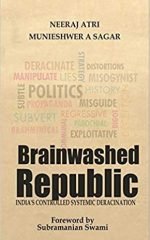
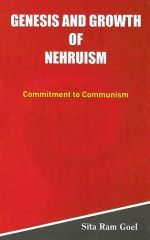
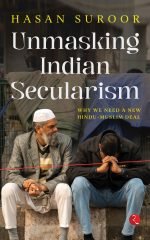
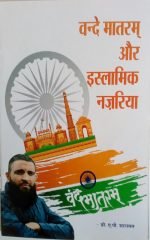
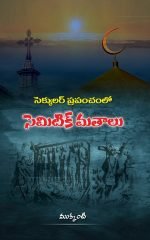
Saurav Lahoti (verified owner) – :
I was slightly disappointed after reading this book because I expected an in depth analysis on the title of the book. However, going by the reputation of the author, he elaborately details how Hindus were not allowed to express their opinion when KHANgress and leftists were in their prime of power. So clearly it is not that Hindus were ridiculed after 2014 given their anger against the Narendra Modi led government. Since this book was written when most of the young people were not even born, this book would make a fascinating read for them who are inclined towards the Hindu causes and make them a more vociferous defenders of the faith they were born into.